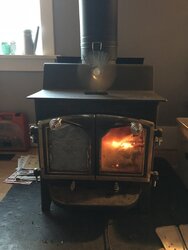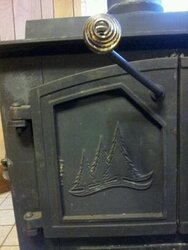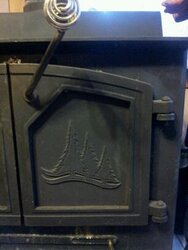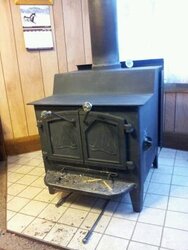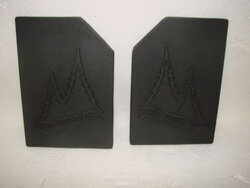hi all, new here and thankful this forum exists...
Me and my fiance just relocated to Northern BC on the edge of Alaska and are renting an old century home with a wood burning stove located in the middle of the large open concept first floor. We were pretty excited about this except we are having a hard time generating acual warmth and not sure what we are doing wrong.
It is a Fisher Grandma Bear IV and we, well, have no idea what we are doing. We have a fire going and even have an ecofan, but the temp in the room doesnt seem to increase. The previous tenant here apparently had the place quite warm so we are not sure what's going on. It is missing a glass panel on one of the doors that is waiting to be replaced...not sure if that matters.
help usssss please.
Me and my fiance just relocated to Northern BC on the edge of Alaska and are renting an old century home with a wood burning stove located in the middle of the large open concept first floor. We were pretty excited about this except we are having a hard time generating acual warmth and not sure what we are doing wrong.
It is a Fisher Grandma Bear IV and we, well, have no idea what we are doing. We have a fire going and even have an ecofan, but the temp in the room doesnt seem to increase. The previous tenant here apparently had the place quite warm so we are not sure what's going on. It is missing a glass panel on one of the doors that is waiting to be replaced...not sure if that matters.
help usssss please.


